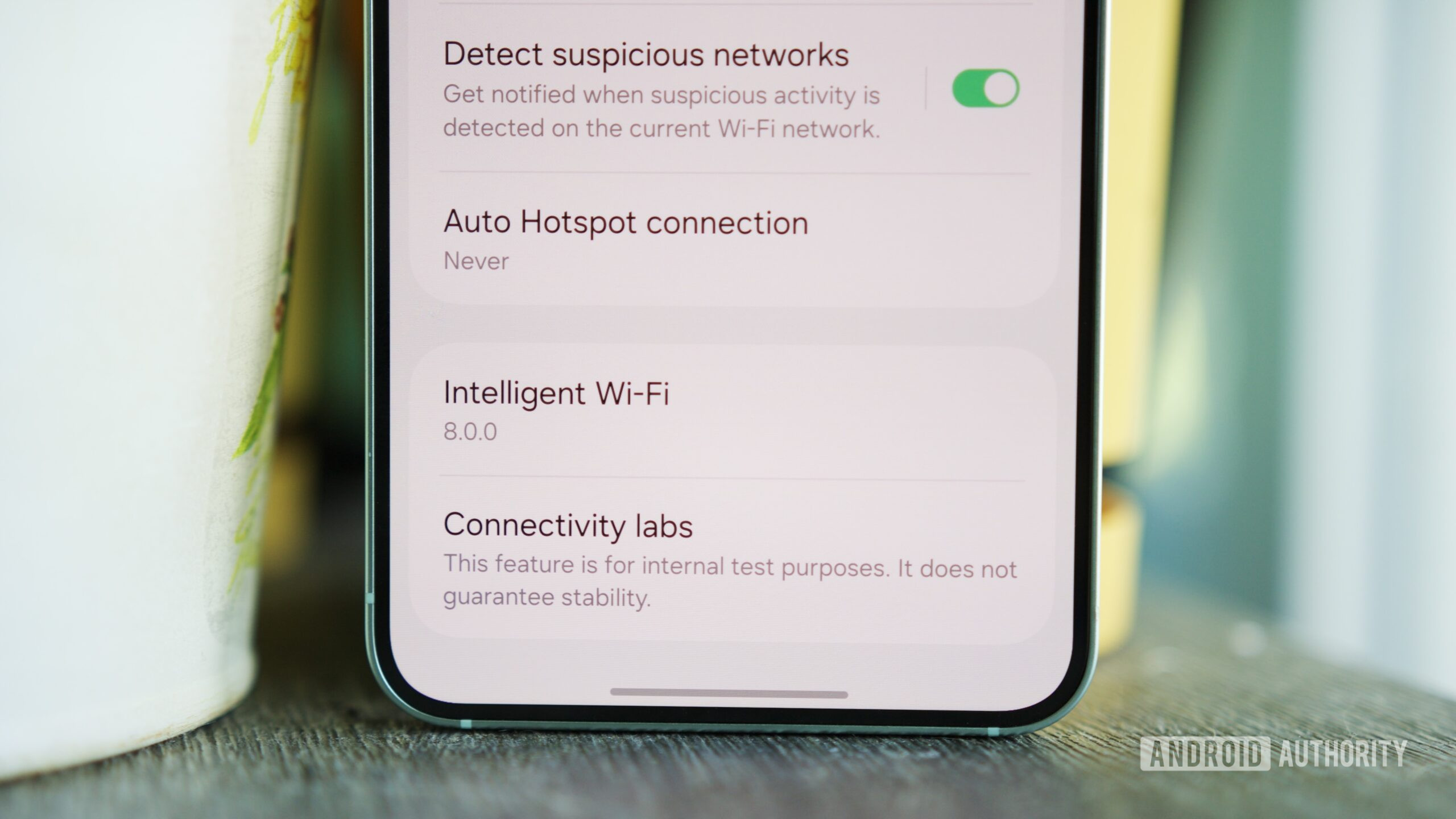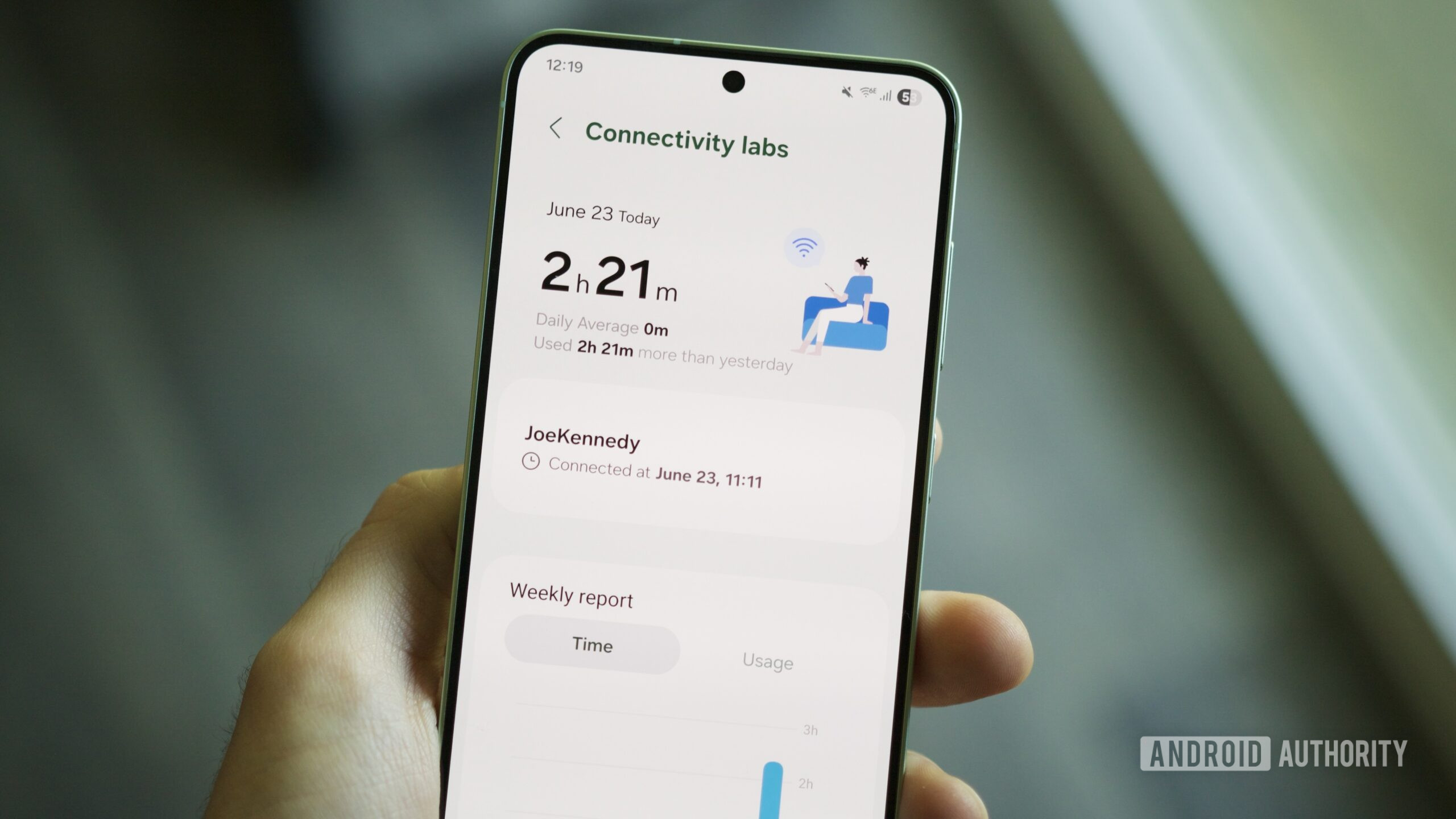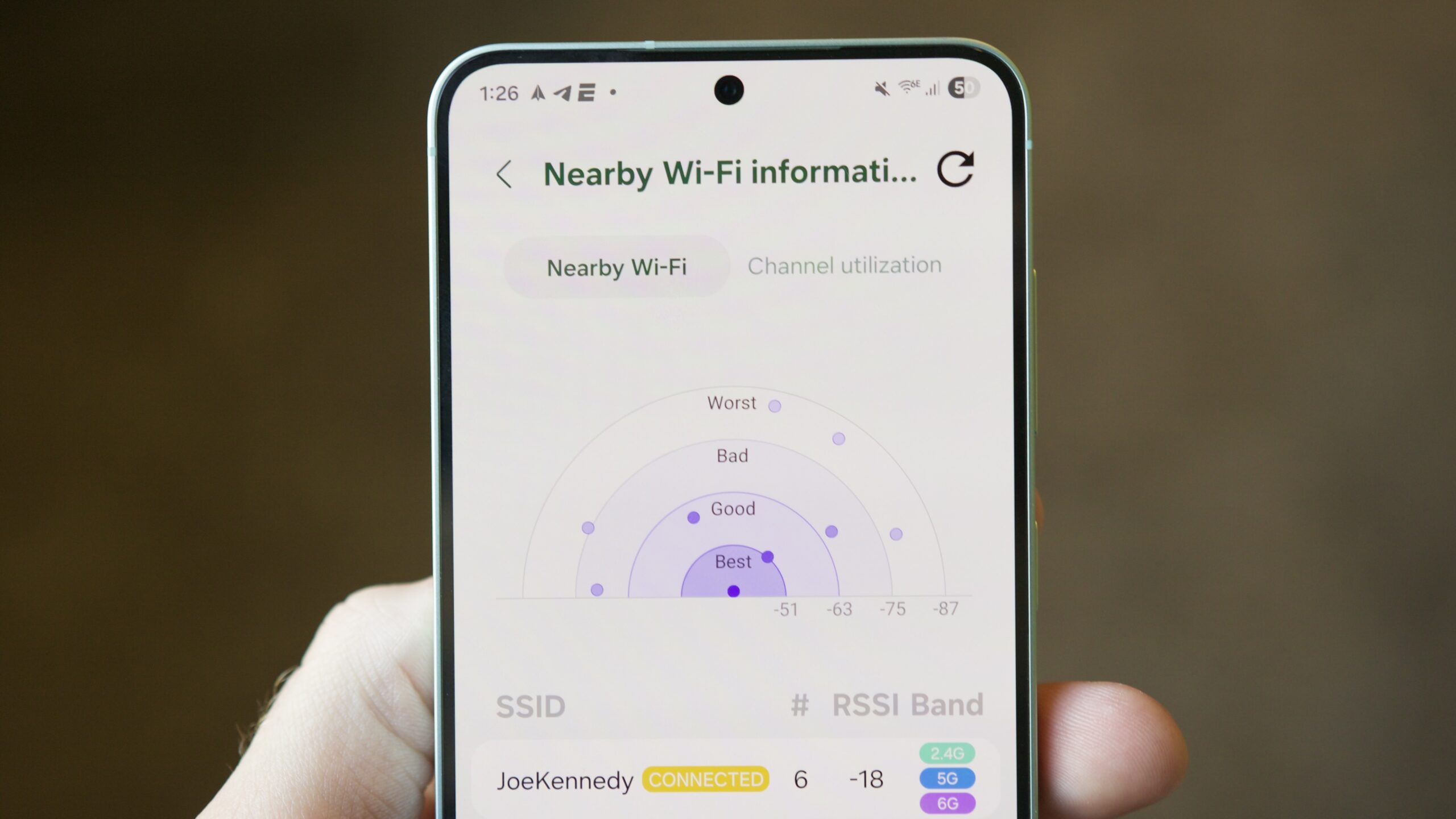The F-35 stealth fighter is not meeting its potential in British service because of availability issues, a shortage of support personnel, and delays in integrating key weapons that are limiting the aircraft’s effectiveness.
The various problems are highlighted in a reality check from the UK’s National Audit Office (NAO) that offers a contrast to the typically measured tone of official government communications when it comes to the state of the country’s armed forces.
Its report calls on the Ministry of Defence (MoD) to address these problems in the F-35 fleet: firstly to increase the effectiveness of the aircraft but also to demonstrate the program is delivering value for the huge cost it represents to the taxpaying public.
Britain currently has 37 of the F-35B variant of the aircraft, which is designed for short take-off and vertical landing (STOVL) operations like the Harrier it effectively replaces in Royal Air Force (RAF) and Royal Navy service.
The NAO, a public sector spending watchdog, starts by noting that the F-35 offers capabilities “significantly superior to any previous UK aircraft,” not just because of its low radar observability, but due to its advanced sensor suite including an electro-optical targeting system and long-range infrared target sensors, which are combined to provide the pilot with an integrated picture of the space surrounding them.
However, the report finds the MoD has not been able to deliver on its own targets for aircraft availability – the proportion of time each aircraft is ready to fly – despite these targets being lower than those for the global program.
It claims that last year, the UK F-35 fleet had a mission-capable rate (the ability of an aircraft to perform at least one of its seven defined missions) about half of the MoD’s target. The full mission capable rate (the ability of an F-35 to perform all required missions) was only about one third of the MoD’s target and significantly lower than for F-35B aircraft operated by other nations.
Some reasons behind this poor performance are cited as a shortage of engineers able to work on the F-35 in Britain’s forces, plus a global shortage of F-35 spare parts.
In fact, the UK Lightning Force faces “major personnel shortages across a range of roles,” which the NAO says are not likely to be resolved for several years, although it notes the MoD is recruiting to fill some of these gaps.
According to the report, the MoD has previously underestimated the number of engineers and other staff required to support F-35 aircraft during operations.
This was highlighted during Operation Fortis, the UK-led carrier strike group deployment to the Pacific in 2021, when an aircraft was lost after a protective engine blank was erroneously left in one of the air intake ducts. This led to the aircraft not being able to generate enough thrust for take-off and ditching in the sea immediately after leaving the flight deck of HMS Queen Elizabeth.
As reported by Navy Lookout, the US Marines F-35 squadron that was onboard the carrier at the same time had 25 personnel for each jet, while the British squadron had only 14.
Just as worrying are the ongoing delays in getting key weapons integrated with the F-35 so that they can be used in operations. The report states that the original support date for the Spear 3 air-to-surface cruise missile and the Meteor medium range air-to-air missile was December last year, but the F-35 is not expected to get these until the early 2030s.
These delays have been caused by “poor supplier performance,” the NAO says, referring to the US defense firm responsible for the F-35, Lockheed Martin. However, it also criticizes Britain’s MoD for “negotiating commercial arrangements that failed to prioritize delivery” and the low priority given to Meteor by the global program.
This means that UK F-35s are currently only capable of operating with the Paveway IV laser-guided bomb and US-made missiles such as the AIM-120D.
Part of the problem is that support for many of the key weapons British forces wish to use was planned for the Block 4 upgrades to the aircraft’s systems software, and these have been massively delayed. Much of the blame for this lies with Lockheed Martin and the Joint Program Office (JPO), the agency within the US Department of Defense (DoD) responsible for overseeing the F-35 program.
It was originally expected that this would be fully delivered by 2022, but the NAO says that in 2023 the US Government Accountability Office (GAO) found that it would not be delivered until 2029, and now the JPO doesn’t expect Block 4 to be completely delivered before 2033.
There has been a certain suspicion that the US doesn’t see supporting European-made weapons as a priority, especially when F-35 operators are then forced to buy American kit instead.
Small wonder, perhaps, that Britain is pushing ahead with a program for its planned next-generation fighter – currently codenamed Tempest – that does not involve any US defense companies but partners with Japan and Italy instead.
[…]
The UK government has, however, recently disclosed that it intends to procure a new tranche of F-35 aircraft which will comprise a dozen of the F-35A version, which operates from an airfield, along with another 15 F-35B, although delivery of these is not expected until the end of the decade.
Adding another variant of the F-35 is unlikely to help with the engineer shortage, since there are significant differences between the two versions.
Meanwhile, the MoD is also behind in delivering the Aircraft Signature Assessment Facility, which is needed to check that the F-35’s much-vaunted stealth technology is doing its job and has not been degraded by the harsh conditions of operating at sea.
[…]










